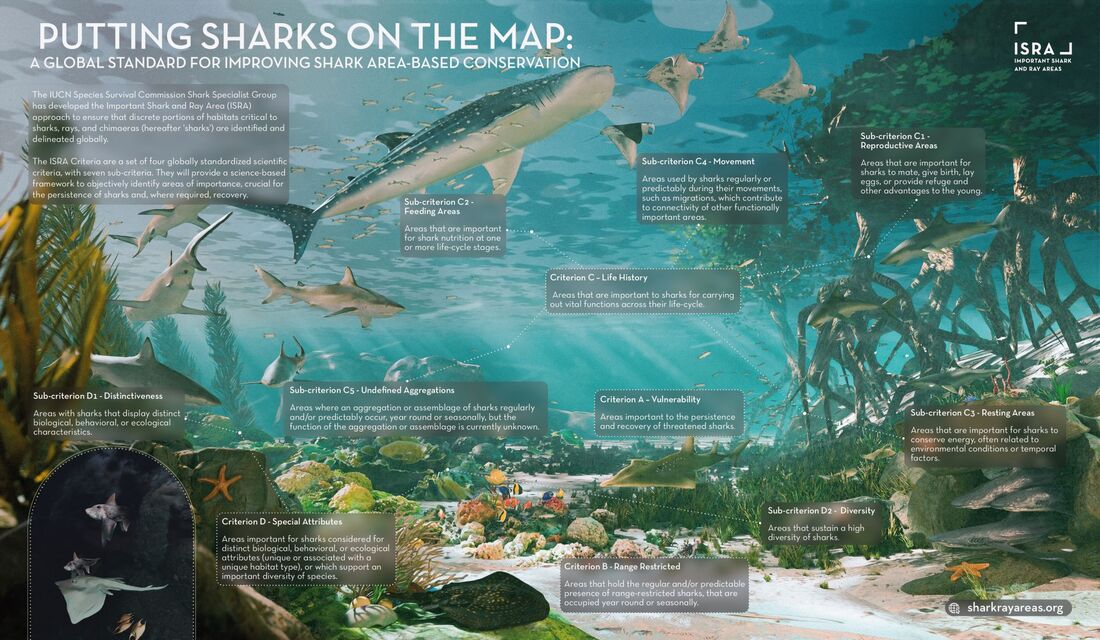|
«Generally sharks, rays and chimaeras are long-lived, take a long time to reach maturity, are slow to reproduce and, when they do, produce few young. These characteristics make them extremely vulnerable to overfishing and other human-induced impacts, like climate change and habitat degradation. It is crucial that we find new and effective ways to protect these species before it’s too late.» NEWS | April 12, 2022
From | SOSF Ocean News
Written by | Isla Hodgson «An important step towards the global conservation of sharks, rays and chimaeras (for ease, we’ll refer to them as ‘sharks’ from now on!) is the identification of areas that are critical to the survival of these species. Sharks rely on specific habitats and locations for various reasons. Some species may only be found in one habitat or part of the world, like the pyjama shark that is endemic to the kelp forests of South Africa. Others may depend on certain habitats to support an individual life stage – like mangroves, which serve as nursery grounds for the juveniles of species such as blacktip, lemon and hammerhead sharks. There are locations around the world where several shark species aggregate at certain times of year to take advantage of seasonal abundances of prey or to mate. Or there are sites that act as strongholds for Critically Endangered species. Knowing where these areas are – and what threats overlap them – is essential to informing future conservation strategies and ensuring that they are targeted, systematic and effective. Scientific research has pinpointed hundreds of these areas in the past few years. But, until recently, this information has stayed within academic circles or individual case studies. What is needed is for all the pieces to be put together so as to create a global picture of critical areas for shark, ray and chimaera conservation – and for this information to be made accessible and available so that governments, managers and other stakeholders can make informed decisions and put adequate protective measures in place. This is exactly what the Important Shark and Ray Areas (ISRA) project, led by the IUCN SSC Shark Specialist Group, aims to do. Its team is working closely with the IUCN Ocean Team and the IUCN Marine Mammal Protected Areas Taskforce to develop ISRA selection and review criteria, a critical component of the project that is being funded by the Save Our Seas Foundation (SOSF).» Comments are closed.
|
Archives
May 2024
Categories
All
|

